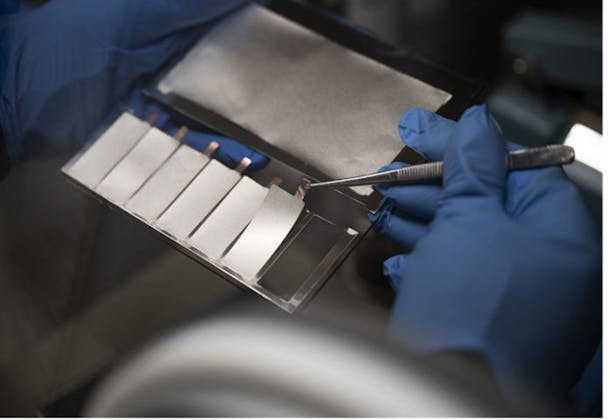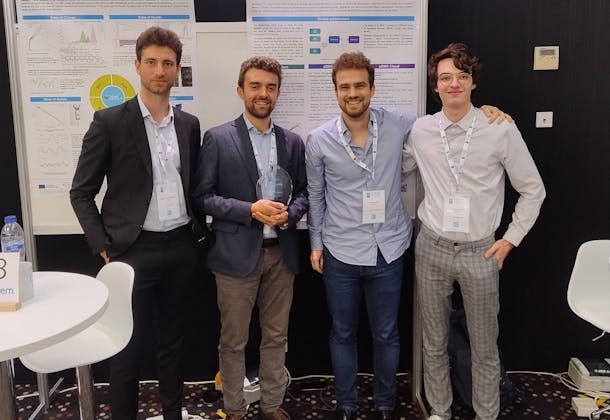
25 February 2025
CSEM opens Switzerland’s first dry room to advance next-gen batteries
CSEM opens Switzerland’s first dry room to accelerate next-gen battery innovation. With an ultra-low dew point (-50°C) and a pilot line for pouch cells, this unique facility, set to be operational in 2025, will support the industrialization of advanced technologies, including lithium-metal batteries.

